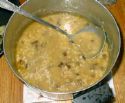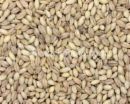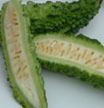Stress can increase glucose levels in people with diabetes, making them more susceptible to long-term physical complications such as eye, kidney or nerve disorders.
This is the first large study to show that a simple, cost-effective treatment can have a meaningful therapeutic effect on the control of blood sugar, said the researchers. Such stress management techniques include instructions on how to identify everyday life stressors and how to respond to them with such techniques as progressive muscle relaxation and breathing exercises.
Patients in the stress management group showed, on average, a 0.5 percent reduction on the hemoglobin A1c (HbA1c) test- a standard laboratory test used to determine average blood glucose levels in people with diabetes.
However, 32 percent of the patients in that group showed an even greater improvement by lowering their glucose level by 1 percent or more. That amount of glucose level reduction is what the Food and Drug Administration (FDA) considers sufficient when reviewing drugs seeking approval for diabetes control.
The patients were randomly enrolled in the educational sessions either with or without stress management training. Stress-management techniques were taught by nurses or graduate students specifically trained for the study.
The training included progressive muscle relaxation, mental imagery, breathing techniques and instructions on how to modify one’s physiologic, cognitive and behavioral responses to stress.
Diabetes Care






